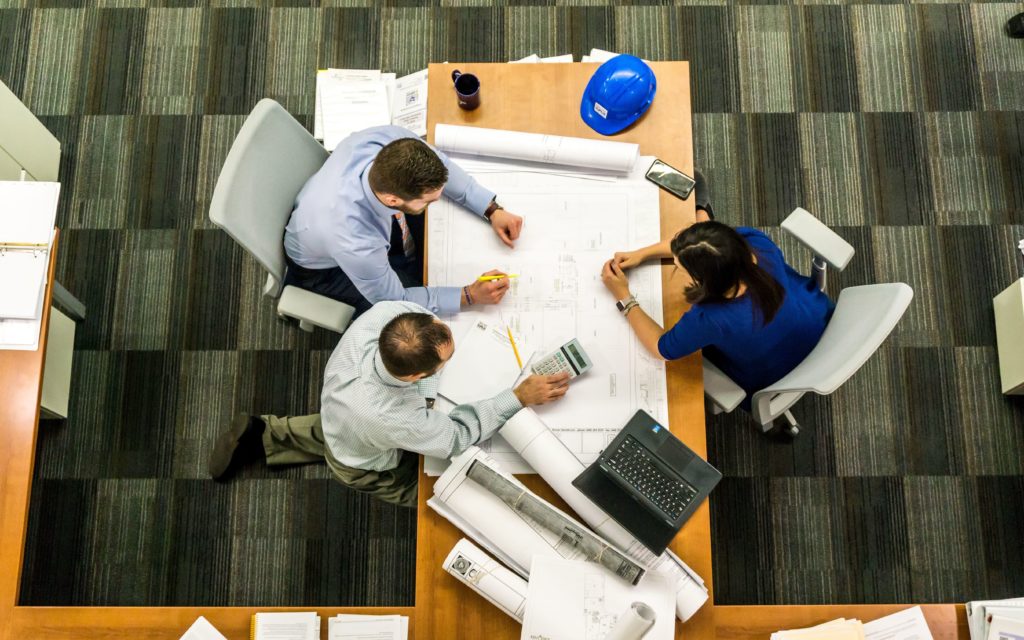Enhancing Workflow Performance: Designer's Specialist Methods for Construction Record Administration
In the realm of architectural style and building, the careful administration of papers stands as a foundation for job success. These methods not only guarantee smooth job progression but also hold the vital to opening improved efficiency and precision in the elaborate realm of building file management.
Trick Record Company Methods
When handling construction documents, among the crucial methods that designers employ is establishing a reliable and systematic company system. This system usually entails classifying documents based upon their kind, such as illustrations, specifications, agreements, and permits. By developing distinctive and clear classifications, engineers can swiftly situate specific information when required, saving time and reducing mistakes in the building process.
Within each category, designers additionally arrange documents by making use of or creating subfolders numbering systems to denote modifications or versions (construction document management). This hierarchical framework makes certain that one of the most appropriate and present info is quickly obtainable while keeping a document of adjustments made throughout the task timeline
In addition, designers typically make use of electronic paper monitoring systems that use attributes like keyword search features, variation control, and gain access to limitations to improve organization and collaboration among project stakeholders. These devices simplify the record access procedure, promote real-time updates, and help with seamless communication, inevitably adding to the general success of the building job.
Collaborative Platform Assimilation
To maximize paper administration efficiency in construction tasks, engineers effortlessly integrate collaborative systems to improve communication and streamline control among project stakeholders. By leveraging joint platforms such as project monitoring software application, cloud-based storage systems, and communication devices, designers can create a central hub for all project-related documents and interaction channels. These systems enable team participants to gain access to, review, and team up on files in real-time, reducing hold-ups and the risk of mistakes related to typical paper management techniques.
Collective system integration additionally fosters transparency and responsibility within the task team, as all stakeholders have exposure right into the most up to date job updates and modifications. By systematizing communication and file sharing, designers can make certain that all team members are working from the most updated details, minimizing the chances of misunderstandings or disputes arising due to outdated files.
Moreover, joint systems enable seamless collaboration between architects, specialists, clients, and other job stakeholders, promoting a much more effective and cohesive task operations. By damaging down communication barriers and helping with info exchange, architects can drive productivity and innovation in construction projects, ultimately leading to effective task results.
Version Control Finest Practices
Executing effective variation control techniques is vital for preserving file accuracy and uniformity in building and construction jobs. By establishing a clear system for taking care of alterations, job teams can ensure that every person is working from the most current paperwork, decreasing the risk of mistakes and inconsistencies click here for more info during the building and construction phase.
Among the crucial ideal practices for version control is to assign one-of-a-kind identifiers per document version. This can be attained by utilizing a numbering system or day stamp that plainly indicates the order of revisions. By clearly classifying each iteration, group members can easily track the development of the document and recognize one of the most recent version.

Automation Tools for Performance

Paper control software program, like Procore or PlanGrid, systematizes project documentation, making it easily available to all stakeholders. These platforms enable real-time cooperation, variation control, and automated back-ups, guarding versus data loss. Additionally, Structure Information Modeling (BIM) software automates the generation of building and construction illustrations and guarantees that changes are integrated throughout all relevant records.
Incorporating automation tools with cloud storage solutions better improves availability and protection. By automating the document monitoring procedure, job groups can focus their effort and time on value-adding tasks, ultimately boosting productivity and project end results.
Secure Information Administration Solutions
Successfully taking care of and securing task data is paramount in the building market to ensure discretion and honesty throughout the task lifecycle. Architectural firms can make use of encrypted cloud storage services to safely share and store job documents with licensed personnel.
Additionally, utilizing digital legal rights administration (DRM) devices adds an extra layer of security by preventing the unauthorized circulation or replication of project documents. Normal information back-ups are necessary to minimize the risk of information loss as a result of unpredicted conditions like equipment failures or cyber-attacks. Collective platforms with built-in safety functions enable seamless interaction and documents sharing amongst job group members while preserving data integrity.
Final Thought
To conclude, executing key record company methods, integrating collaborative platforms, exercising variation control finest methods, using automation devices, and taking on safe data management solutions are important approaches for enhancing process effectiveness in building and construction record administration. These experienced strategies can improve processes, enhance interaction, ensure precision, and keep data security throughout the building task lifecycle.
In the realm of architectural layout and construction, the careful administration of documents stands as a cornerstone for job success. These strategies not only make certain smooth project progression however also hold blog the vital to opening enhanced performance and accuracy in the detailed realm of building paper administration.
To enhance paper monitoring efficiency in construction tasks, engineers internet effortlessly incorporate collaborative platforms to boost communication and streamline control amongst project stakeholders. These systems enable group members to gain access to, testimonial, and work together on records in real-time, lowering delays and the threat of errors associated with conventional paper administration approaches.
Utilizing automation tools in building and construction file administration substantially boosts effectiveness and improves procedures for project groups. construction document management.